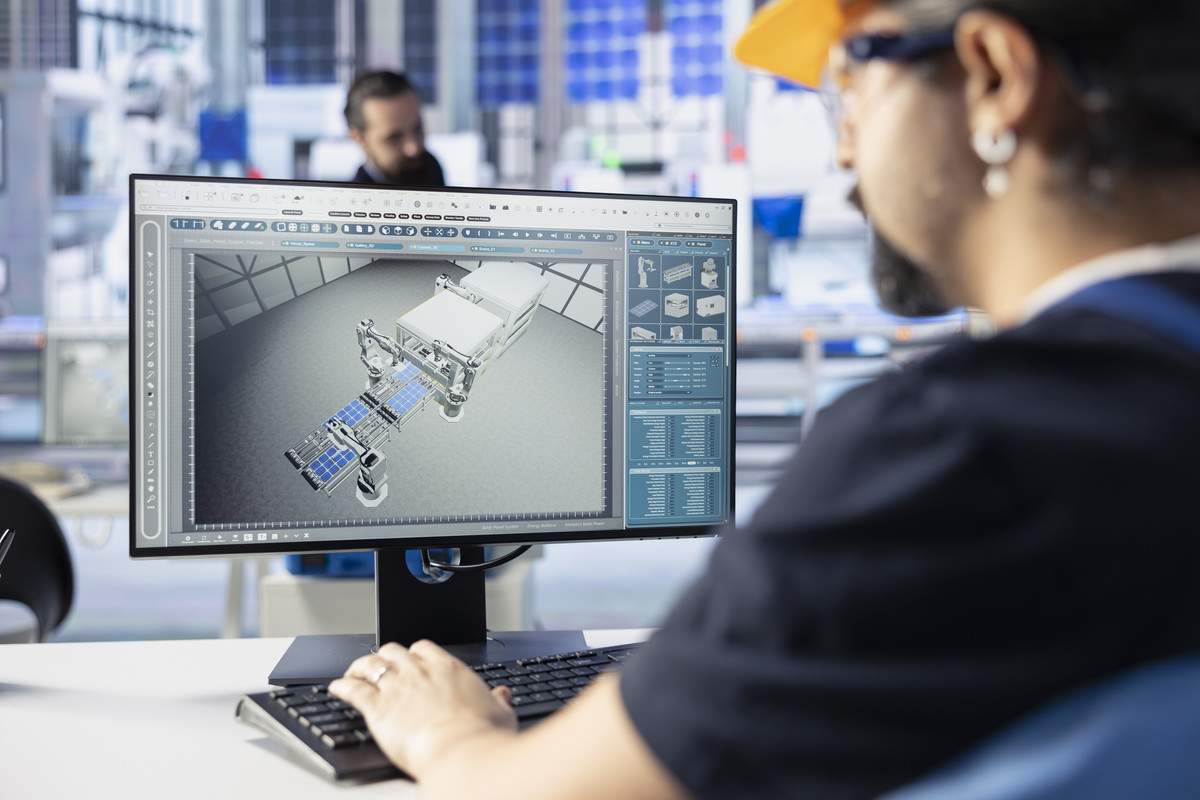The First Step in Embroidery: How to Convert Image to Embroidery File
Embroidery combines tradition and technology to create designs that last. But behind every polished stitch is careful preparation. To get the best results, you must convert image to embroidery file so your machine knows exactly how to reproduce your design. By working with experienced digitizers and using Graphic Design Services when needed, you can ensure every project stitches cleanly and looks professional. Whether for branding, school pride, or personal creativity, digitizing is what makes embroidery possible.

Embroidery has become a favorite choice for adding logos, names, and artwork to fabric. It’s durable, stylish, and professional-looking. But no matter how advanced your embroidery machine is, it won’t work with a standard image file. To bring your design to life in thread, you first need to convert image to embroidery file.
Why Embroidery Machines Need Special Files
File types like JPEG, PNG, and PDF are built with pixels. They display beautifully on screens or print on paper, but they don’t carry the stitching data that embroidery machines need.
An embroidery file is different. It provides step-by-step instructions to the machine, including:
-
Stitch type and angle.
-
Stitch density.
-
Color sequence.
-
Starting and stopping points.
Every machine uses specific formats, such as PES, DST, or EXP. Without converting your artwork into the right type of file, the machine won’t recognize or reproduce it. That’s why you must convert image to embroidery file before beginning any project.
What Digitizing Involves
The process of making an embroidery file is called digitizing. Specialized software is used to recreate the design using stitches instead of pixels. While software handles the basics, a skilled digitizer makes critical decisions to ensure the embroidery looks sharp.
For example:
-
Thin lettering may be thickened so it stitches clearly.
-
Gradients are often simplified into solid thread blocks.
-
Fine details may need to be removed to avoid clutter.
-
The type of fabric is considered to prevent puckering or distortion.
Digitizing is more than conversion—it’s adapting an image so it can be accurately stitched with thread.
The Impact of Quality
Poor digitizing often leads to disappointing results. Common issues include jagged edges, overlapping stitches, thread breaks, or fabric that pulls out of shape. These problems cost time, thread, and materials.
On the other hand, a properly digitized file ensures crisp lines, balanced stitching, and a design that holds up through wear and washing. For businesses, this is crucial because embroidered logos reflect brand identity. For individuals, it ensures custom projects look polished and professional.
Why Professional Services Help
Automatic digitizing software exists, but it can’t replace human judgment. Programs don’t always know how to simplify details or adjust a design for different fabrics. That’s why many people rely on professionals for digitizing.
Some embroidery providers also include Graphic Design Services, which add extra value. These services help prepare your artwork before digitizing by cleaning up edges, simplifying complex designs, or adjusting proportions. When design and digitizing are handled together, the result is a file that stitches beautifully the first time.
When choosing a service, look for one with experience, the ability to provide the right format for your machine, and a portfolio of past work. A good provider should also be open to revisions if adjustments are needed.
Everyday Uses of Digitized Files
Once you convert image to embroidery file, the possibilities expand. Businesses can add logos to uniforms and promotional products. Schools and sports teams stitch emblems on jackets, caps, and gear. Hobbyists create personalized gifts, monogrammed linens, and custom décor. Small businesses rely on embroidery to make unique items for their online shops.
No matter who you are, embroidery starts with the same essential step: preparing the right file.
Conclusion
Embroidery combines tradition and technology to create designs that last. But behind every polished stitch is careful preparation. To get the best results, you must convert image to embroidery file so your machine knows exactly how to reproduce your design. By working with experienced digitizers and using Graphic Design Services when needed, you can ensure every project stitches cleanly and looks professional. Whether for branding, school pride, or personal creativity, digitizing is what makes embroidery possible.
EMDigitizer provides practical embroidery tools like cost calculators, stitch count calculators, and simulators, helping hobbyists and professionals save time, estimate projects, and create accurate, high-quality embroidery with ease.
Visit now: EM Digitizer





















